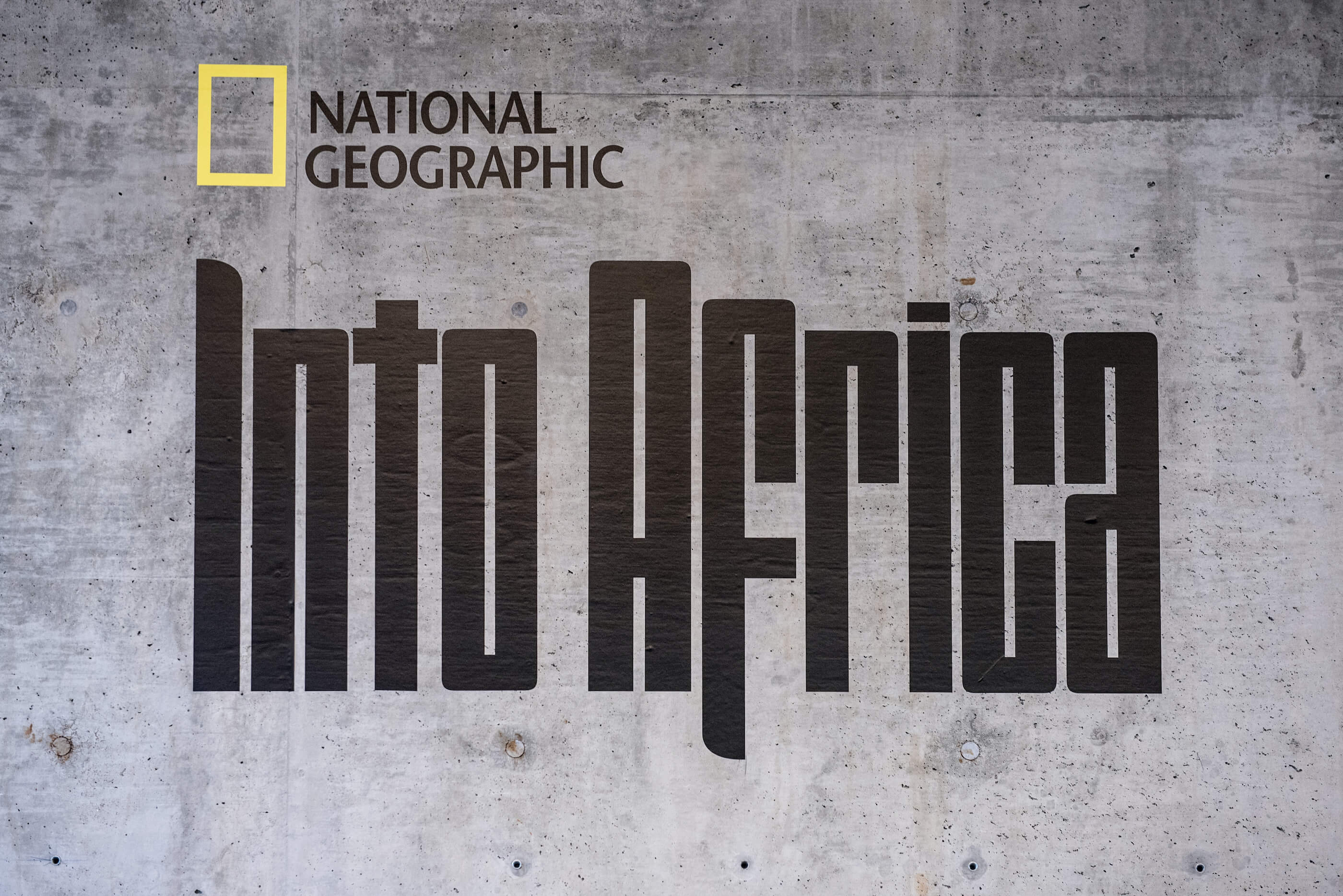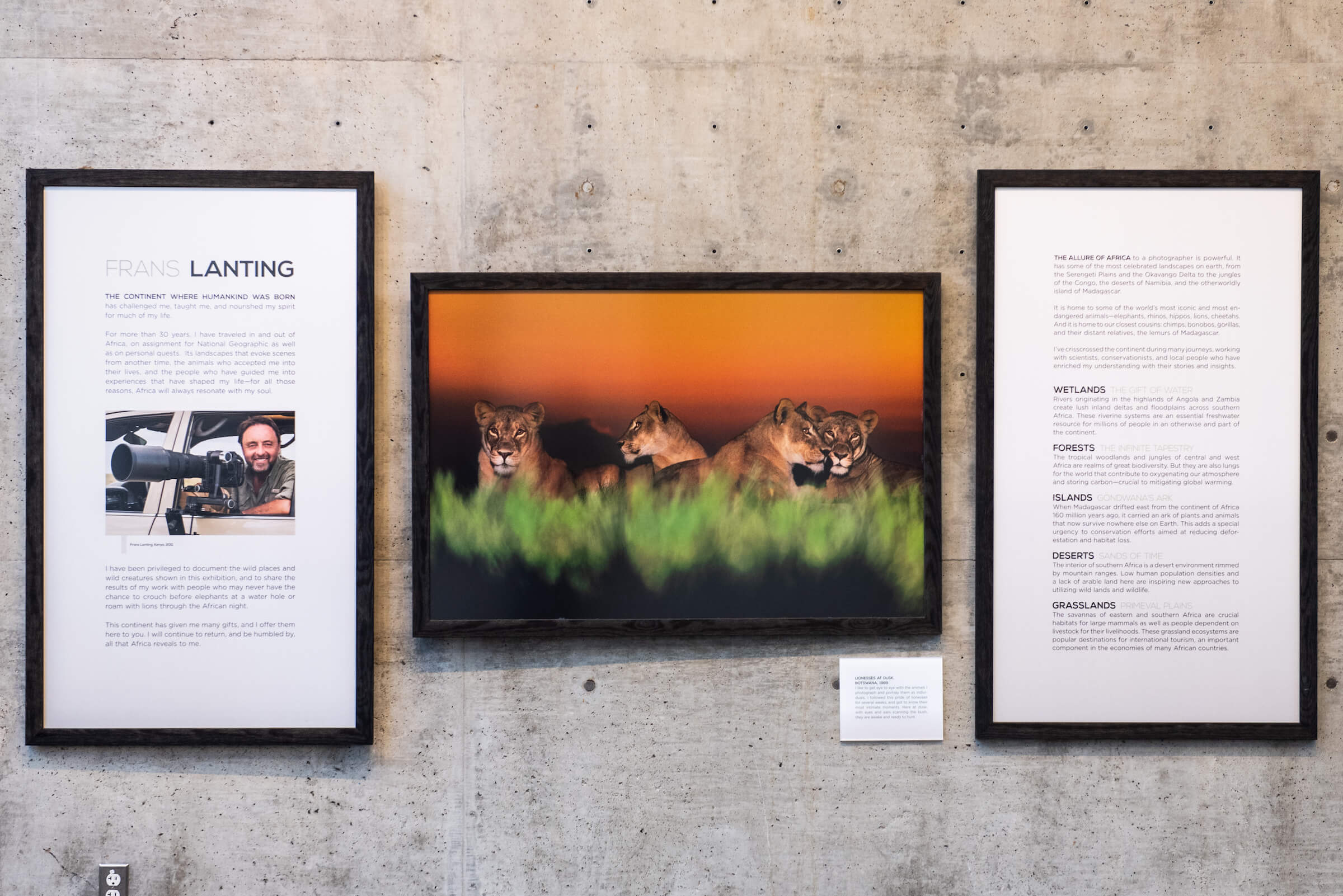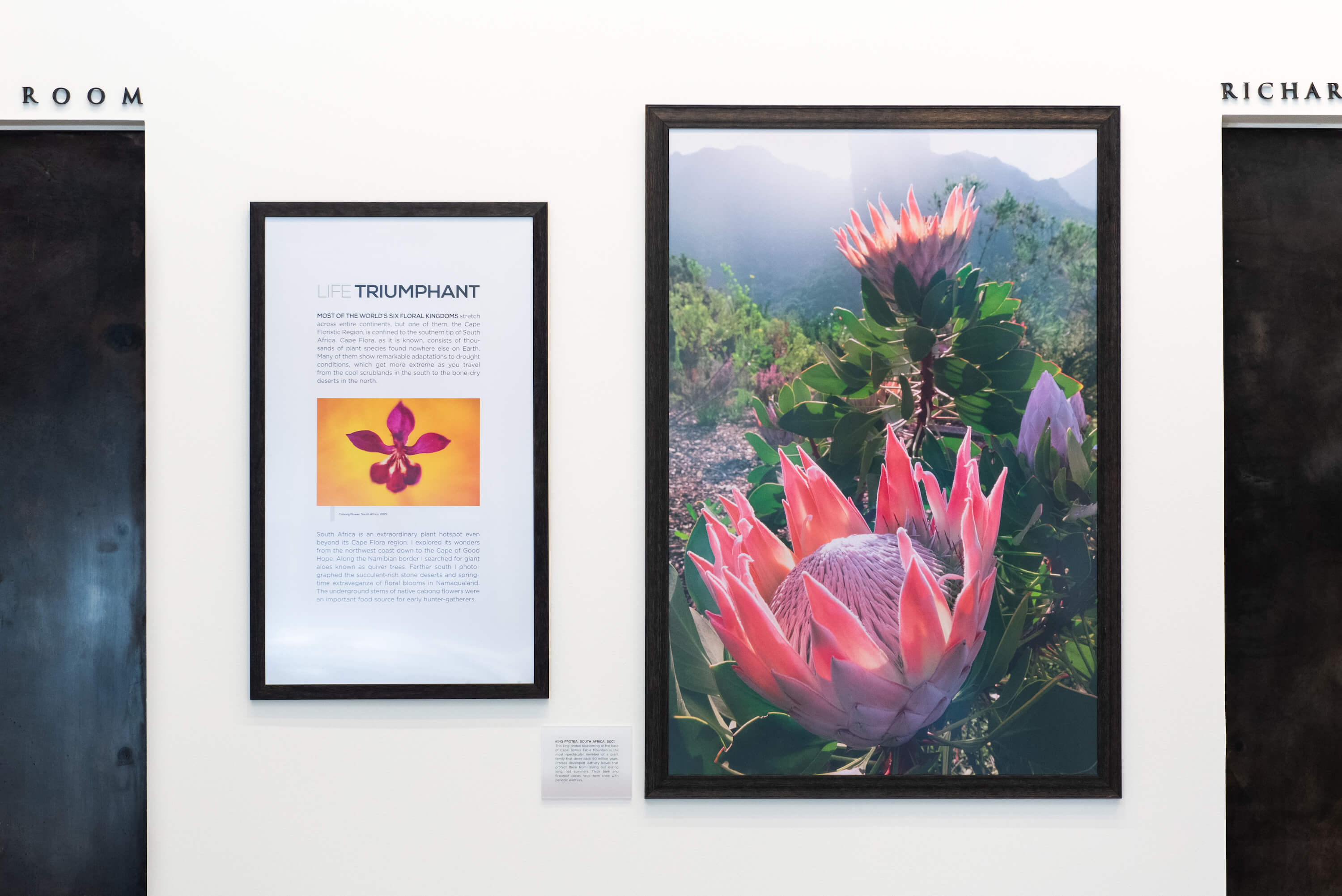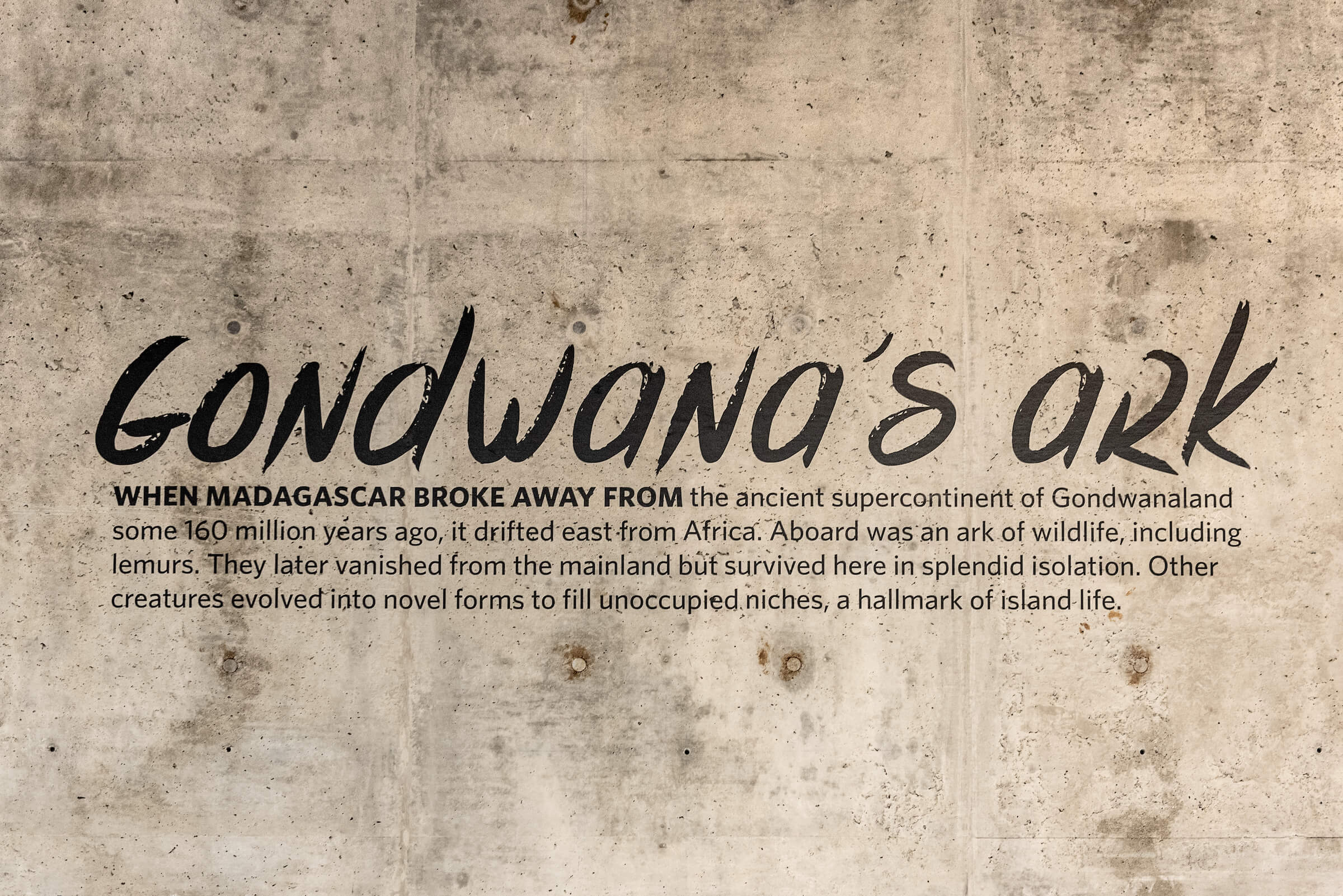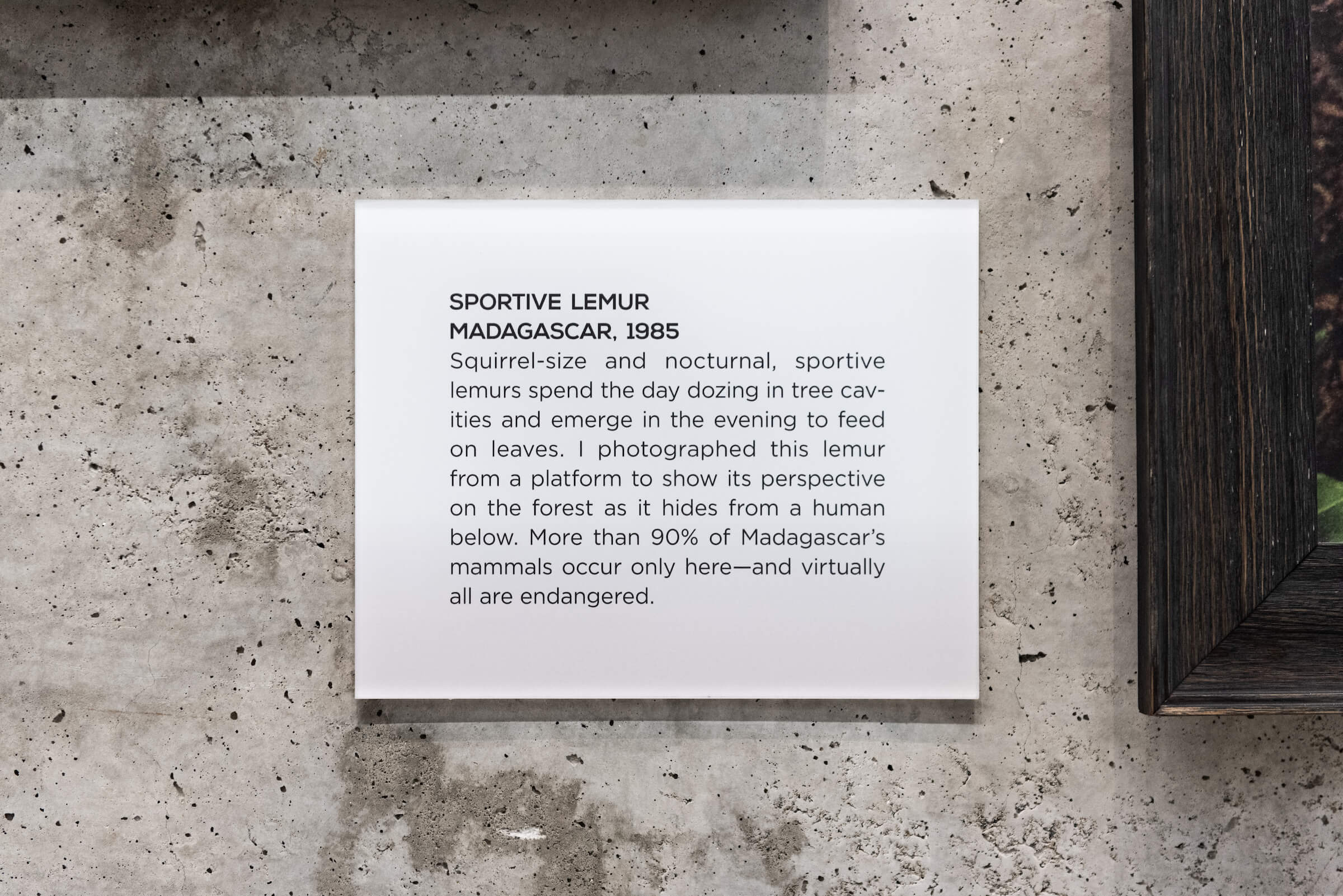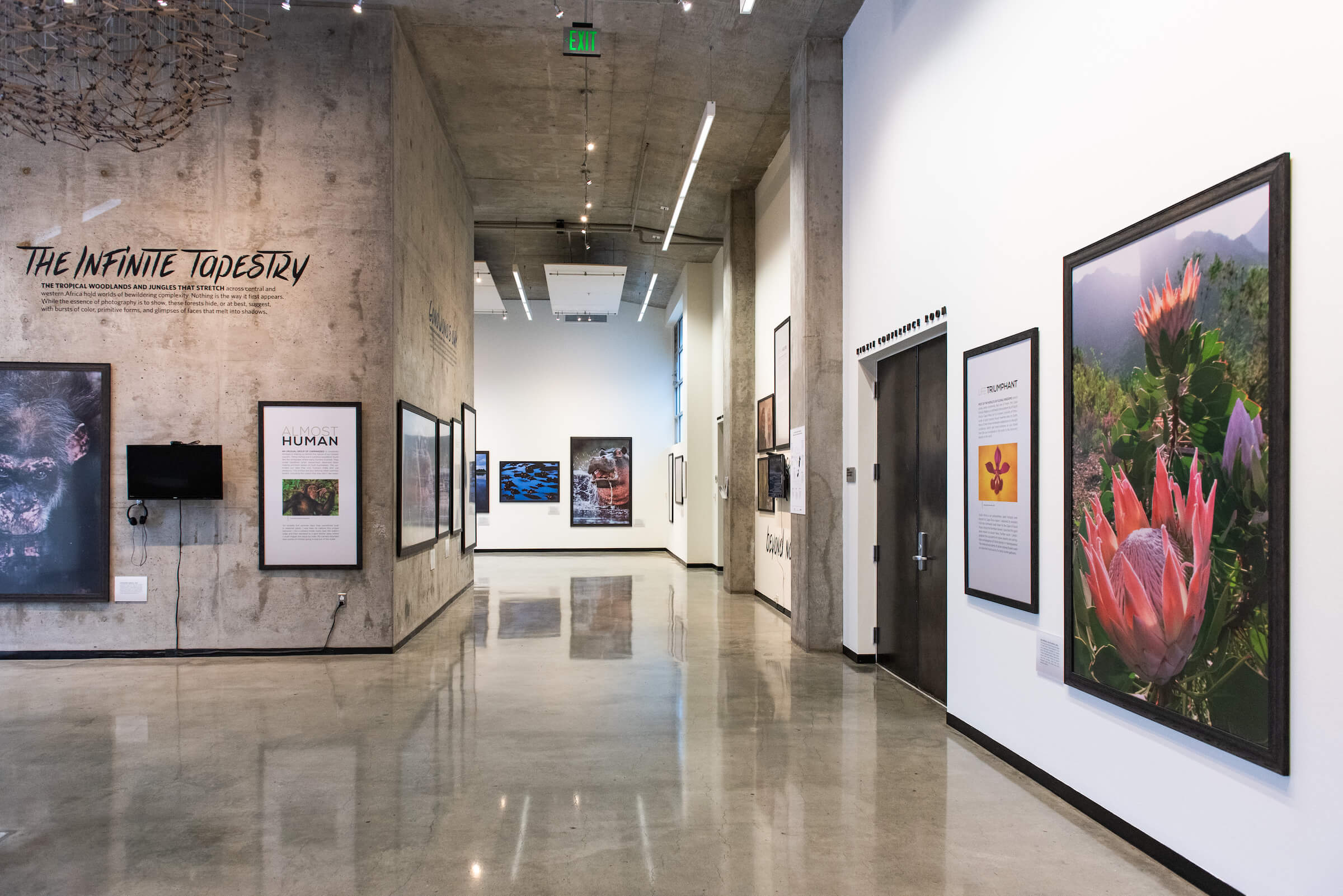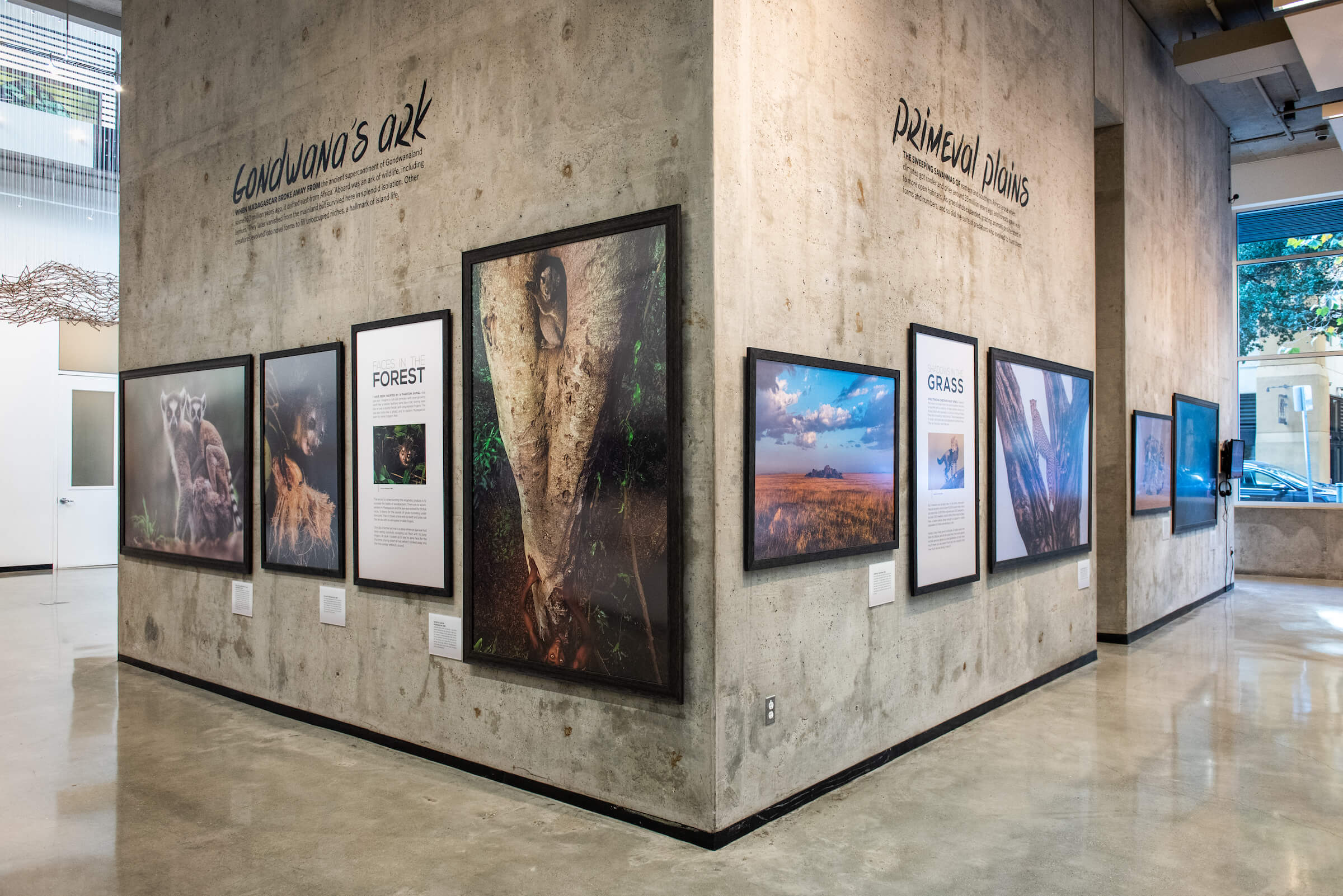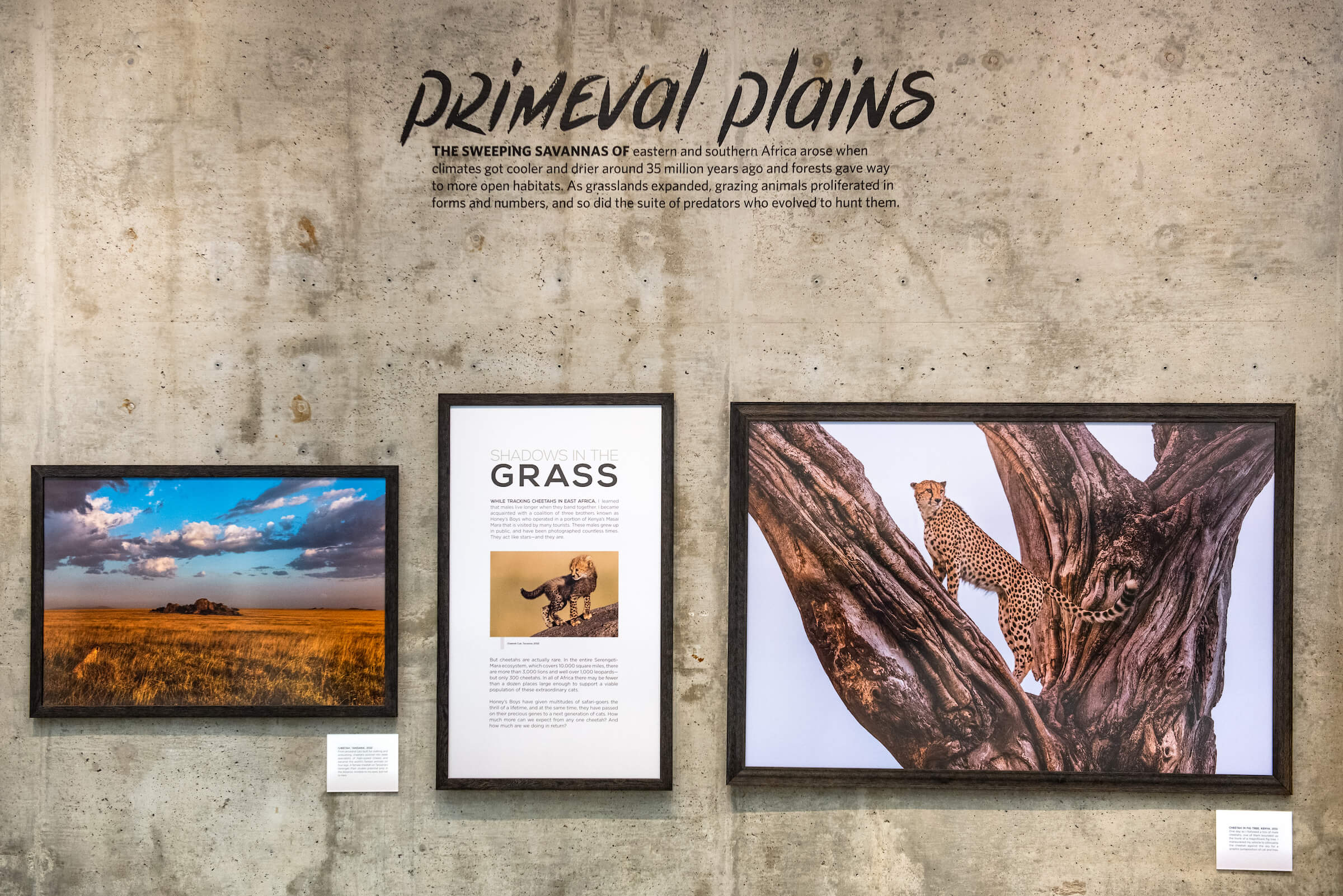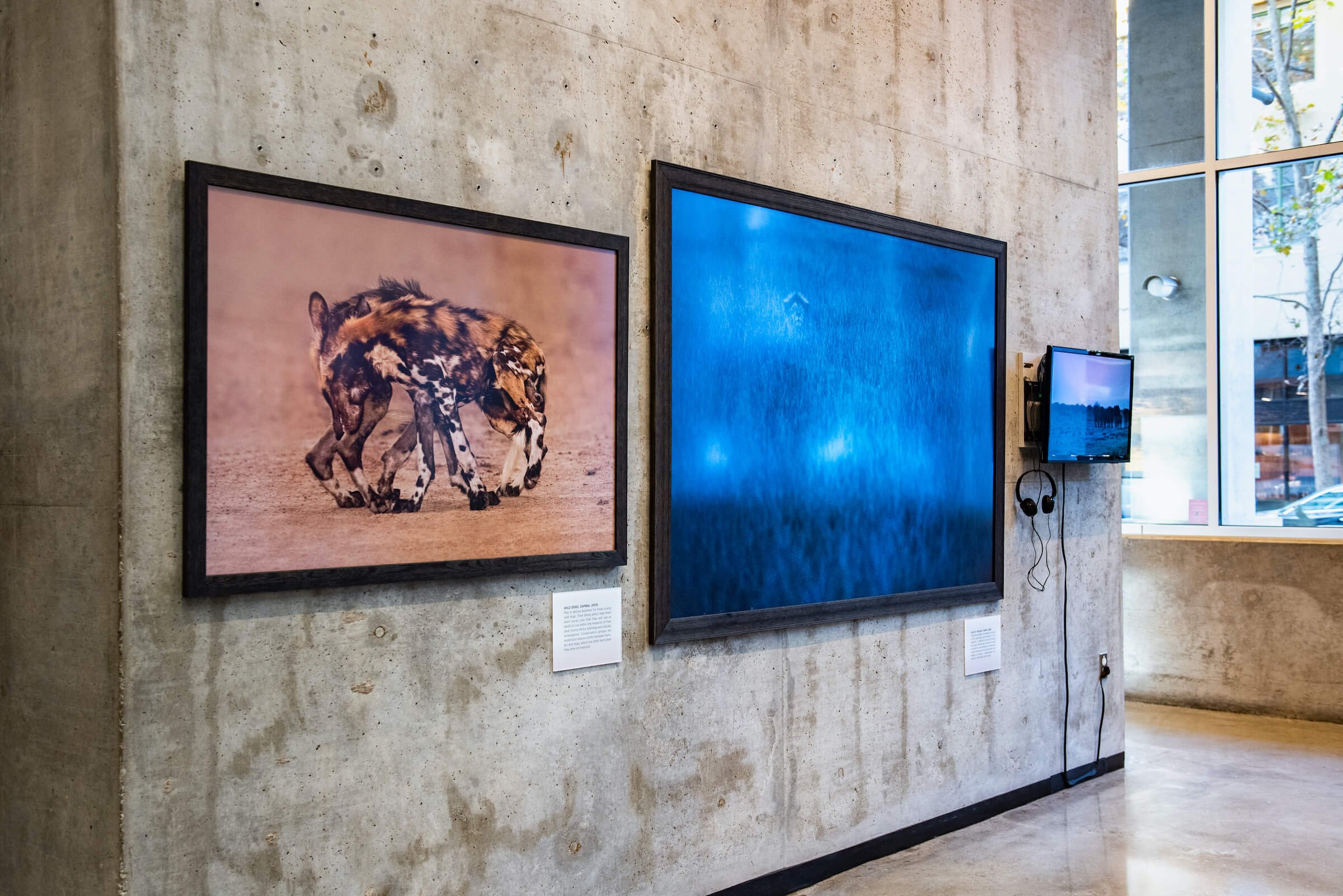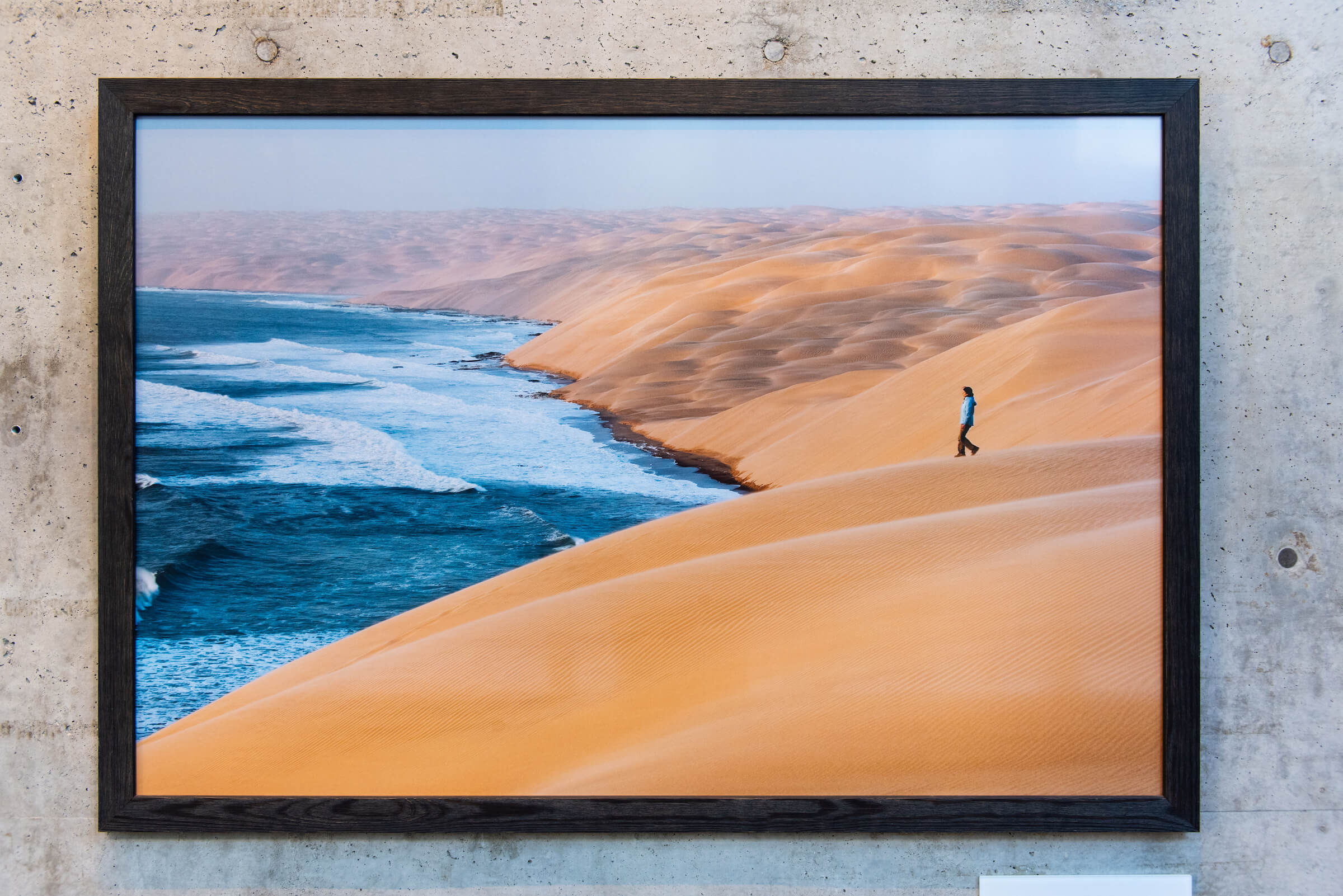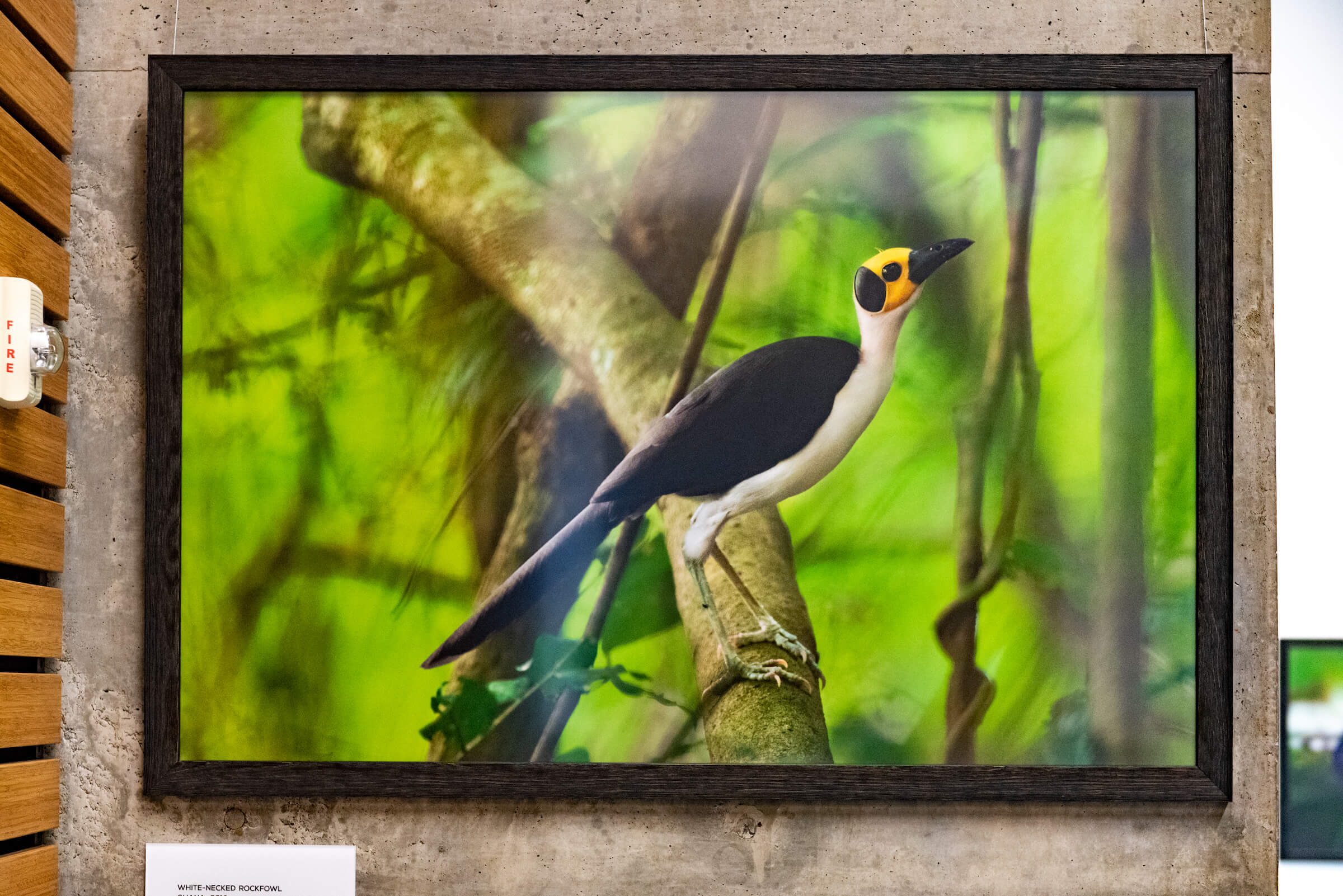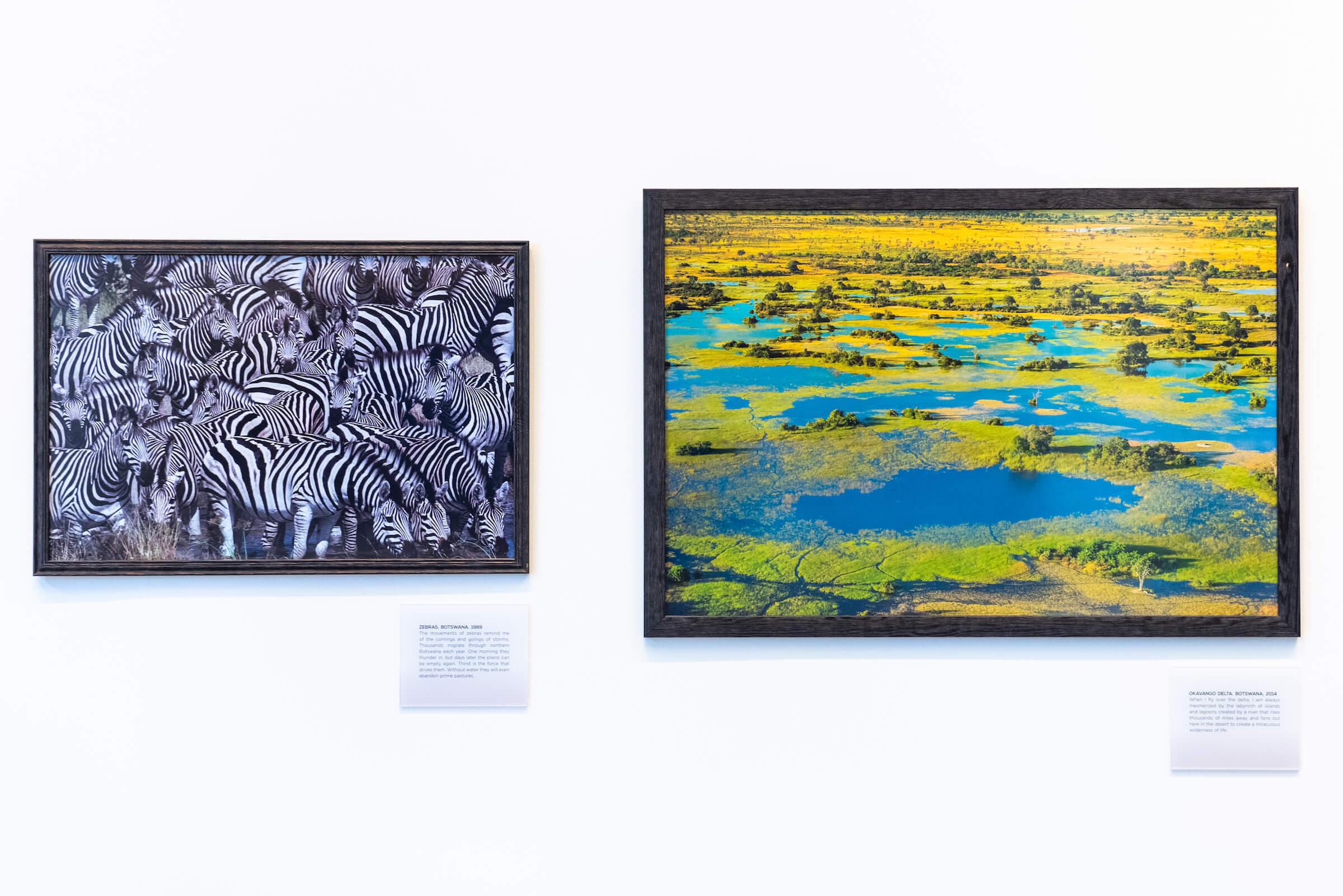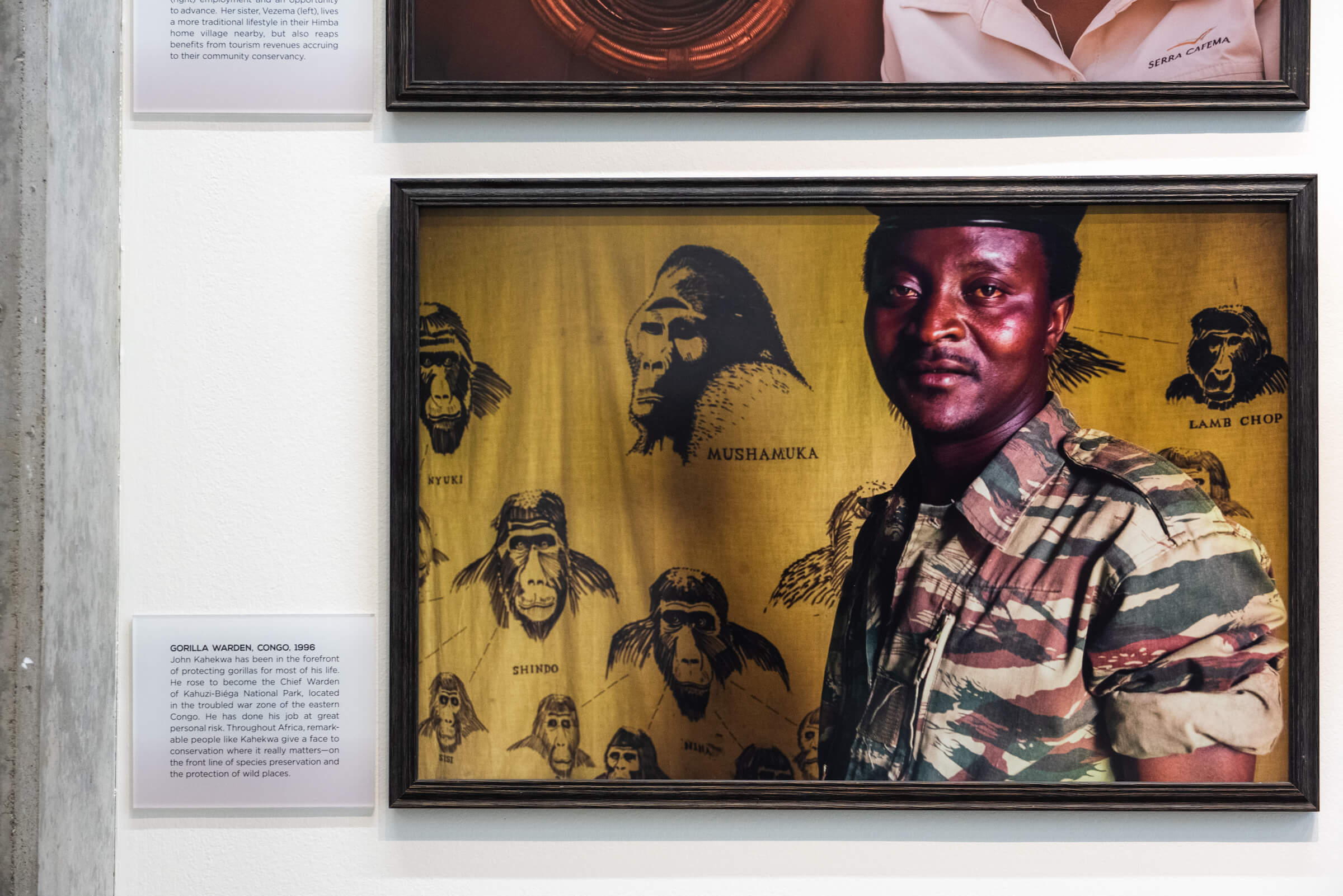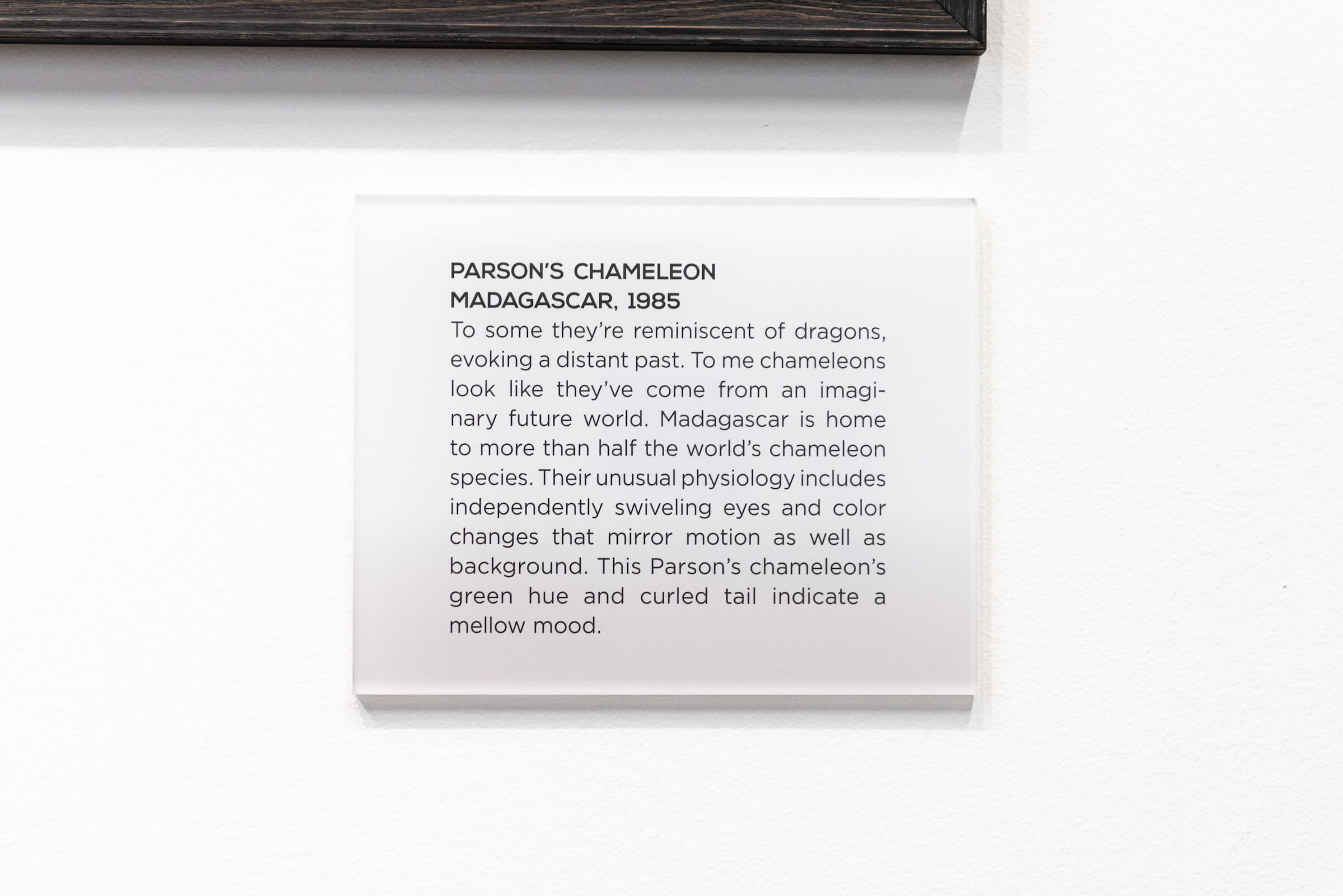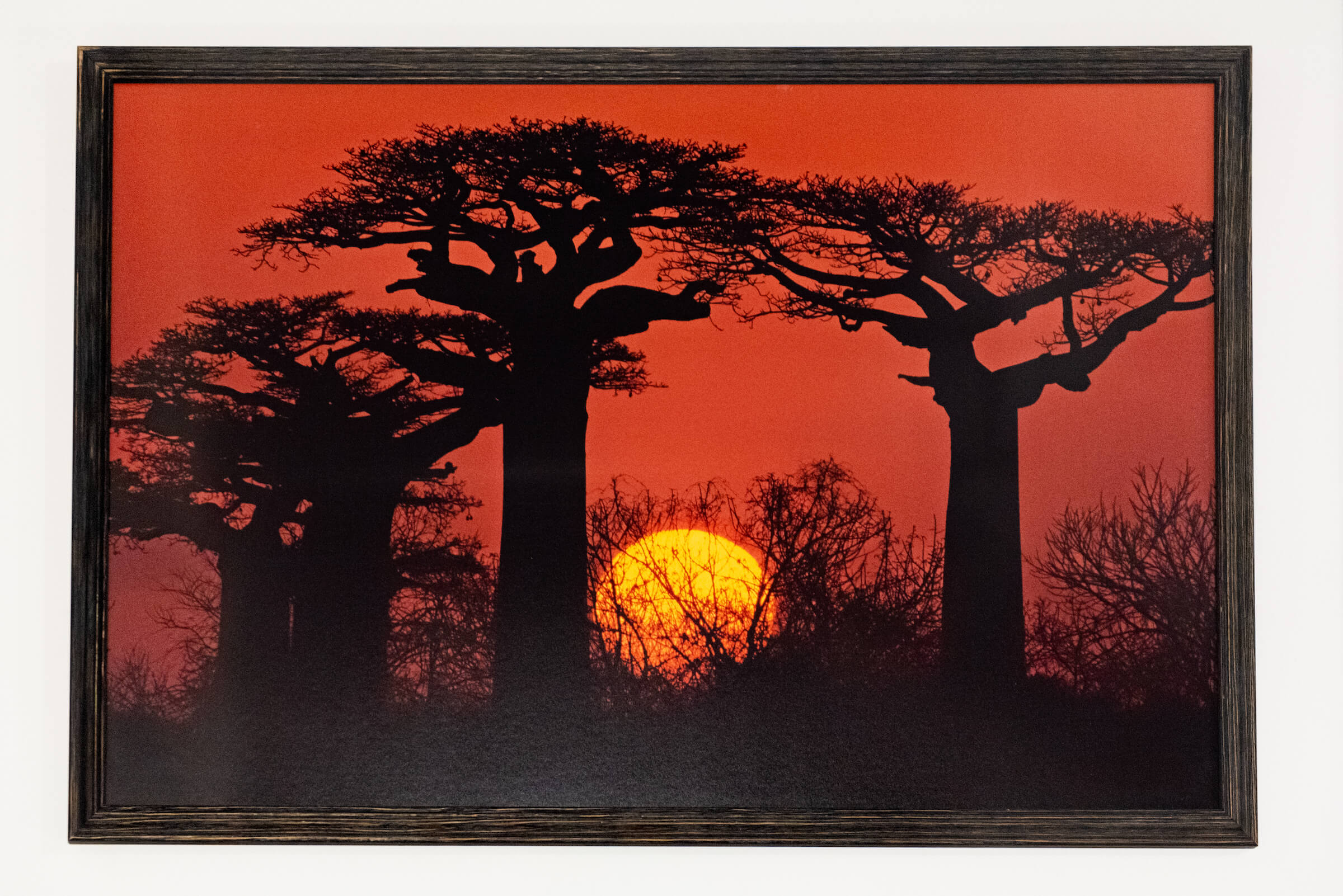Art/Act: Award – Frans Lanting, Into Africa
Dive "Into Africa"—the work of one of National Geographic’s most prolific and visionary nature photographers, Frans Lanting.
In collaboration with the World Wildlife Fund, the Smithsonian Institution, and organized and traveled by the National Geographic Society, “Into Africa” immerses us into the wonders of African landscapes via Lanting’s lens. Learn what's at stake for its wildlife and wild places.
Virtually experience the show below, including a video tour and a special behind-the-scenes video from Frans Lanting and Chris Eckstrom. Hover to pause the slideshow. Use left and right arrows to navigate.
The continent where humankind was born has challenged me, taught me, and nourished my spirit for much of my life.
For more than 30 years, I have traveled in and out of Africa, on assignment for National Geographic as well as on personal quests. For its landscapes that evoke scenes from another time, the animals who accepted me into their lives, and the people who have guided me—for all those reasons, Africa will always resonate with my soul.
I have been privileged to document the wild places and wild creatures shown in this exhibition, and to share the results of my work with people who may never have the chance to crouch before elephants at a water hole or roam with lions through the night.
This continent has given me many gifts and I offer them here to you. I will continue to return, and be humbled by all that Africa reveals.
- Frans Lanting
Chris Eckstrom reveals previously undocumented behavior of chimps. Chimps were thought to avoid water, but here male chimps are shown gathering to drink and rest in the water. Observe a young chimp gaining self-awareness in the moment, as she interacts with her reflection.
While tracking cheetahs in East Africa, I learned that males live longer when they band together. I became acquainted with a coalition of three brothers known as the Honey's Boys who operated in a portion of Kenya's Masai Mara visited by many tourists. These males grew up in public, and have been photographed countless times. They act like stars - and they are.
See Frans and Chris getting into a blind and experience a day of observing the parade of animals that visit this waterhole. Learn to interpret what you're seeing from this hidden vantage point!
The remarkable preservation efforts you're able to experience doesn't happen in a vaccuum. The Beyond Nature section—created especially for this exhibit—reveals the too-often-hidden role of local organizers in Africa. Learn more about their work and share their efforts with others!
Developed by Wildlife Conservation Network for this exhibit, this video features members of three conservation organizations based in Kenya and Uganda. They each speak to the need for local human populations to lead the conservation efforts in their regions.
Learn more about all of the organizations featured in this special expanded version of "Into Africa":
- Serengeti Watch (Tanzania): Building lasting protection of the Serengeti-Mara ecosystem by and for the people of East Africa through a strong coalition of support, advocacy, and funding for the Serengeti ecosystem, the people living around it, and adjacent reserves and protected areas.
- Friends of Muonde (Zimbabwe). Backing indigenous innovation in Zimbabwe, working particularly to support community initiatives that connect environment and human wellbeing in the Mazvihwa Communal Area and neighboring regions of Midlands South.
- Conservation Through Public Health (Uganda). Promoting biodiversity conservation by enabling people, gorillas, and livestock to coexist through improving their health and livelihoods in and around Africa’s protected areas.
- Save the Elephants (Kenya and across Africa). Securing a future for elephants and sustaining the beauty and ecological integrity of the places they live; promoting man’s delight in their intelligence and the diversity of their world; and developing a tolerant relationship between the two species.
- Ewaso Lions (Kenya). Conserving lions and other large carnivores by promoting coexistence between people and wildlife through initiatives that engage and build the capacity of key demographic groups (warriors, women, and children), conduct applied research, and carry out educational initiatives.
- Women’s Climate Centers International (Uganda and Kenya). Co-creating sustainable solutions with vulnerable communities using indigenous women’s knowledge so that agricultural yields become vigorous, safe drinking water becomes routine, and water-borne disease becomes a part of history.
- EcoVet Global (Ethiopia and Tanzania). Bringing a veterinary lens to environmental challenges that affect humans, animals, and ecosystems in order to strengthen the health and resilience of the earth, and the people and animals that share its resources.
- Women for Wildlife (South Africa). Building an international movement to support, empower, and unite women and girls around the world who are passionately devoted to wildlife and conservation.
- Transition Earth (Uganda). Promoting human rights and nature’s rights in a world of unsustainable population and economic growth, advocating for global systems change to enable the shift to a sustainable planet for all.


